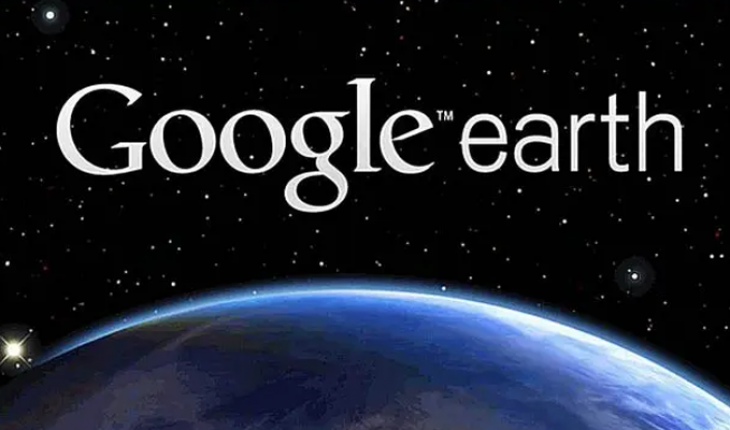Google Earth, that place where satellite images live that anyone can access and thus explore the world from a new perspective, turns 15. To celebrate, Google shared 15 stories about Google Earth that show that it’s not just about the platform’s technology, but also about how users and users give it.
“We always say that if Google Maps is about finding your way, Google Earth is about getting lost,” writes director Rebekah Moore about the 15th anniversary. “With Google Earth you can see our planet as an astronaut from space, then travel anywhere in seconds with a click or tap. Even after an entire afternoon exploring cities, landscapes and stories on Google Earth, you’ve barely scratched on the surface.”
With 15 years to live, Moore notes, Google Earth is the largest public access repository for geographic images. Combine aerial photography, 3D topography, geographic data and Street View to explore. “But Google Earth is much more than a 3D digital globe. The technology behind it has democratized map creation, allowing anyone to better understand our world and take action to create positive change.”
1. Response to natural disasters
Two months after the launch of Google Earth, we realized that people didn’t just use it to plan their vacation. Hurricane Katrina hit the Gulf Coast in August 2005 and the Google Earth team quickly worked with the National Oceanic and Atmospheric Administration (NOAA) to make updated images, help rescuers, and understand the impact of the hurricane.
2. Virtual expeditions
In 2006, former English teacher Jerome Burg first used Google Earth to create Lit Trips: tours that follow the journeys of well-known literary characters. Today the project includes more than 80 Lit Trips for teachers and students of all levels. Each includes reflections to initiate discussion, classroom resources, and other enrichment activities.
3. Protecting the culture
When Chief Almir of the Suruí tribe first discovered Google Earth, on a visit to an internet café, the indigenous leader immediately grasped his potential to preserve the traditions of his people. In 2007, Chief Almir traveled thousands of miles from the Brazilian Amazon to Google’s headquarters. There he invited Google to train his community to use Google Earth. The Suruí tribe built its cultural map on Google Earth, which includes hundreds of cultural sites of relevance in its rainforest.
4. Decode animal behaviors
In 2008, German and Czech researchers used Google Earth to observe 8,510 domestic cattle in 308 pastures on six continents. The images led them to make the incredible discovery that certain species of cattle and deer align with the magnetic poles to graze or rest.
5. Gathering families
Saroo Brierley was accidentally separated from his family when he was five years old and ended up in an orphanage. Fortunately, Saroo was adopted by a loving family in Australia. As an adult, Saroo was curious about his origins and painstakingly followed his way home to India with satellite imagery from Google Earth. He was able to reunite with his birth mother in 2011, after 25 years. You can see the story on Google Earth.
In 15 years, Google has also helped discover unknown forests, support students in rural schools, and inspired people to meet and love their planet. Recently, during the Covid-19 pandemic, Google Earth helped many people return home during Golden Week in Japan: a Morioka city group developed a virtual bullet train ride to the city station and its iconic locations.





